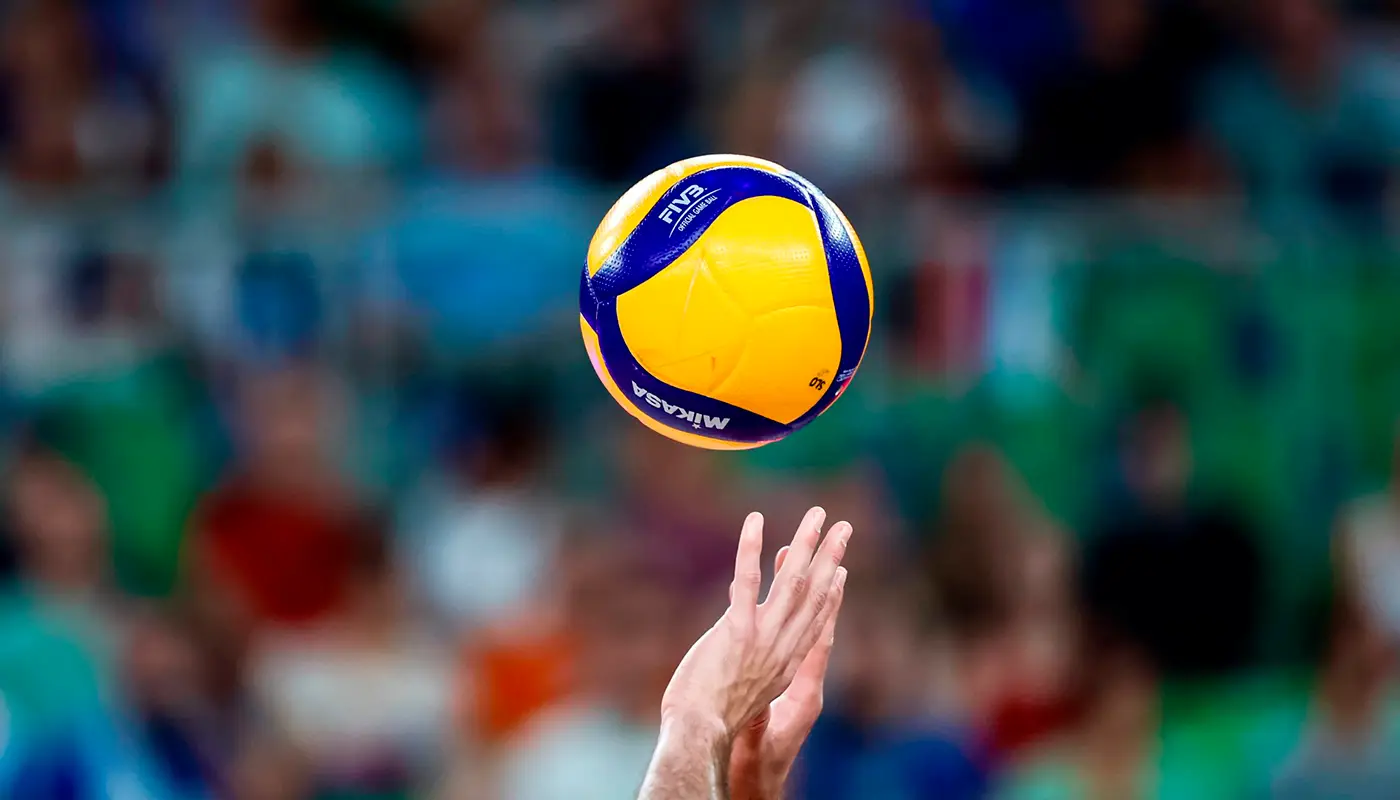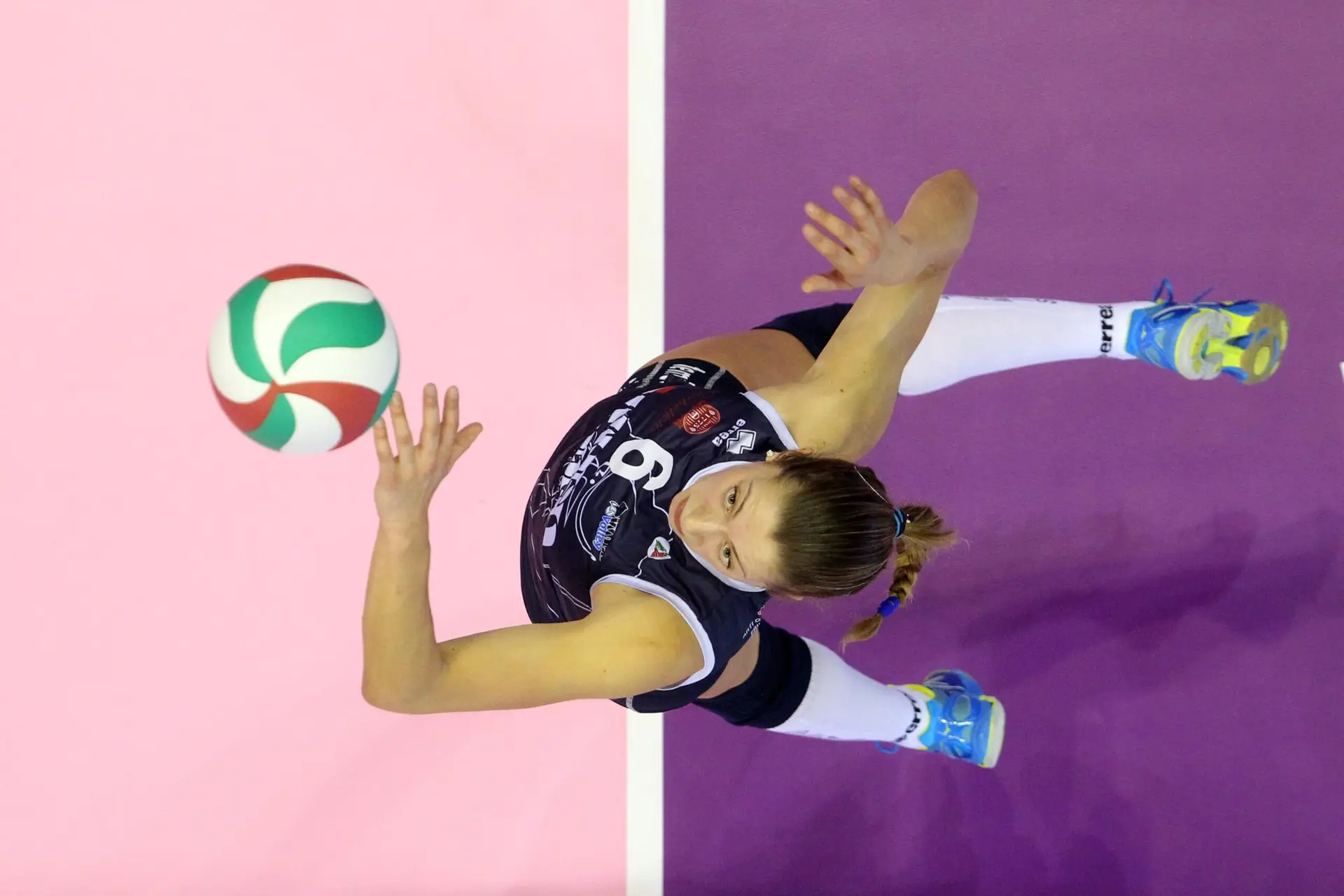Learning to love sports is not a matter of willpower, but of a smart strategy. Most people start with enthusiasm but quickly drop out due to overload, unrealistic expectations, and lack of a system. In reality, a love for physical activity is a skill, not an emotion. It is formed through simple actions, reinforcement, biochemistry, and a comfortable environment.
This article provides specific methods, scientific principles, and practical techniques to smoothly integrate workouts into your life consciously and without strain.

Habit is the Engine, Not the Result
Physical activity requires consistency. Without it, motivation loses its foundation, and the body loses its potential. Research from Duke University has shown that 66 days are enough to solidify a new habit. Walking for 30 minutes daily over two months activates the dopamine system, increases gray matter volume, and stabilizes mood.
Liking sports doesn’t mean immediately admiring intense workouts. It’s enough to incorporate short but repetitive actions:
- 5-minute warm-up after waking up.
- Mini-stretch before lunch.
- Resistance band exercises while watching the news.
It’s the repeatability that strengthens the association of “sport = pleasure” rather than “sport = obligation.” These simple actions lower the entry threshold and establish a stable connection between movement and comfort. Consistency turns physical activity into a habitual rhythm, not an effort through force.
Environment Dictates Response: Clothing, Sound, Surroundings
Clothing influences behavior. Wearing sportswear in the morning increases the likelihood of completing exercises by 47%. Bright sneakers in sight act as a subconscious anchor. Music with a tempo of 120–140 BPM synchronizes pulse with movement. A playlist of favorite genre tracks boosts motivation by up to 30%, according to ACSM data.
Friends who choose fitness as a leisure format simplify the task. Exercising together triggers mirror neuron effects: one moves, the other joins. The group enhances discipline, especially during the adaptation phase.
Trainer as a Catalyst
A competent trainer doesn’t just correct technique. They eliminate refusal triggers. The psychology of the training process accounts for 70% of success at the start. A personalized approach, clear goals, consideration of biorhythms, and work schedule form the basis for quickly understanding how to love workouts.
Fitness centers with flexible schedules (6:00–23:00) solve the problem of “finding time for sports” even with unstable loads. An individual program under the trainer’s supervision provides predictable results and reduces the risk of injuries.
What Food Means for Sports
Diet affects strength, endurance, and recovery. A sports nutritionist from the Institute of Sport Nutrition in the UK has proven that a 20% magnesium deficiency reduces muscle performance. Proteins with absorption rates above 90% (eggs, cottage cheese, fish) provide stable energy for workouts.
Combining proper nutrition and exercise creates a sense of control over the body. This emotional reward and positive context formation, without which loving sports is an abstraction.
Dividing Efforts: Fractional Implementation Method
A structured approach eases the start and prevents burnout. One method is the concept of “motivation triangulation,” based on the intersection of three parameters: goal, time, result. The principle of fractionation allows you to start even without a clear plan.
Sample format:
- Monday: 10 minutes of walking after lunch.
- Wednesday: 15 minutes of functional exercises.
- Friday: stretching and breathing practice.
This schedule maintains balance, reduces the risk of overexertion, and helps feel methods adapted to a specific rhythm.
Learning to Love Sports
Relying on clear triggers changes the perception of sports from “have to” to “want to.” Effective engagement in activity starts not with willpower but with smart condition setting.
5 factors that increase the chances of falling in love with physical activity:
- Specific time — morning sessions from 6:30 to 7:30 correspond to testosterone peak, enhancing muscle output.
- Goal — formulating something like “improve endurance to 30 minutes without stopping” works better than the abstract “getting in shape.”
- Trainer — personalized supervision increases workout efficiency by 42%.
- Movement format — dancing, swimming, martial arts — different ways to start exercising without self-violence.
- Progress visualization — trackers, calendars, phone reminders make results tangible.
Practical supports prevent setbacks and enhance engagement. Continuous progress tracking transforms workouts from a challenge into a source of stability.
Energy = Biorhythm + Movement + Rest
Biorhythms affect exercise efficiency. “Morning larks” show the best results between 7–9 am, while “night owls” perform better after 6:00 pm. The synchronization principle allows using the body’s natural resources instead of fighting against it.
Physical activity normalizes sleep, speeds up metabolism, and enhances memory. Research from Harvard Medical School confirms that regular workouts (3 times a week) increase hippocampal density, responsible for learning and emotions.
Loving sports means feeling that the body becomes a partner, not an opponent.
Laziness Doesn’t Hinder If the System Works
Laziness doesn’t block motivation — it requires a systematic reworking of conditions. The “microsteps” mechanism is a reliable way to integrate physical activity into daily life. One approach for 20 seconds activates the “done — well done” response. Repetition is the engine of discipline.
Psychologists from Yale University have found that 21 days of “plus one action” change self-perception. Workouts stop feeling burdensome and become part of a personal brand. Aligning work with sports supports this rhythm, elevating life quality to a new level.
Learning to Love Sports: Movement as the Norm, Not the Exception
It’s not about achievements in the gym or perfect physique. The essence lies in regular movement that integrates into life like brushing teeth or morning coffee. When the benefits and energy are felt, the question of how to love sports becomes irrelevant — activity becomes self-evident.
Example: a person with a 5/2 remote work schedule. Every morning — 20 minutes of brisk walking with a pedometer, during the day — bodyweight exercises, in the evening — a short workout with instructional videos. After 4 weeks — a 12% decrease in resting heart rate, mood stabilization, improved sleep. A sustainable behavior is formed without strain or drama.

This dynamic confirms the main principle: sports don’t require fanaticism — they require self-connection. Simplification, fractionation, visualization, and reinforcement are the main tools to learn to love workouts not out of duty but out of common sense.
Learning to Love Sports: Conclusions
Learning to love sports means integrating movement into your routine without disrupting the rhythm of life. Without pressure, with a specific goal, at the right time, and relying on real motivation for training. Workouts become not a task but an extension of your personality. And it’s this approach that enhances life quality without burnout and struggle.
 en
en  ru
ru  de
de  ar
ar  es
es  hi
hi  fr
fr  nl
nl  it
it  pt
pt  el
el 



